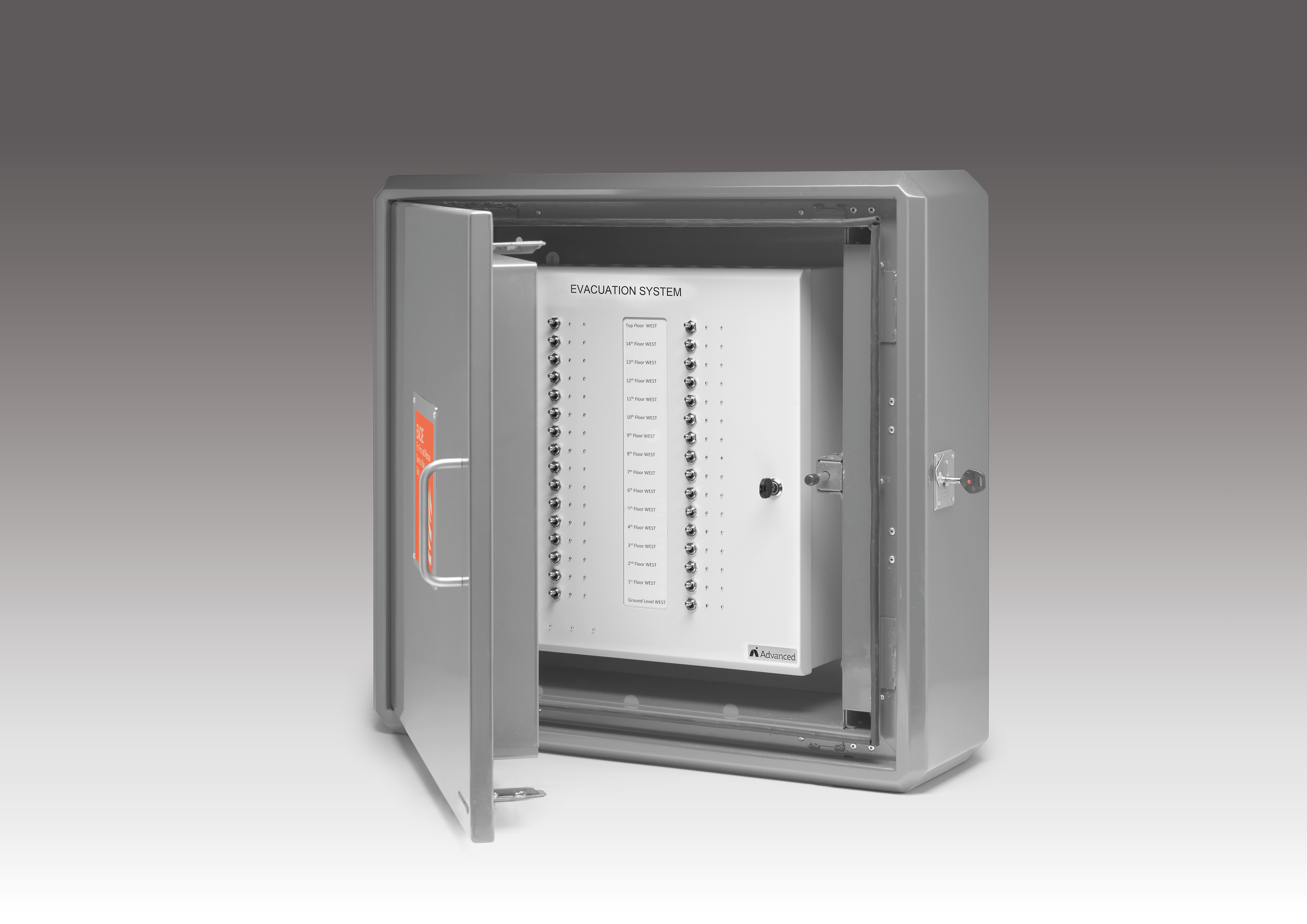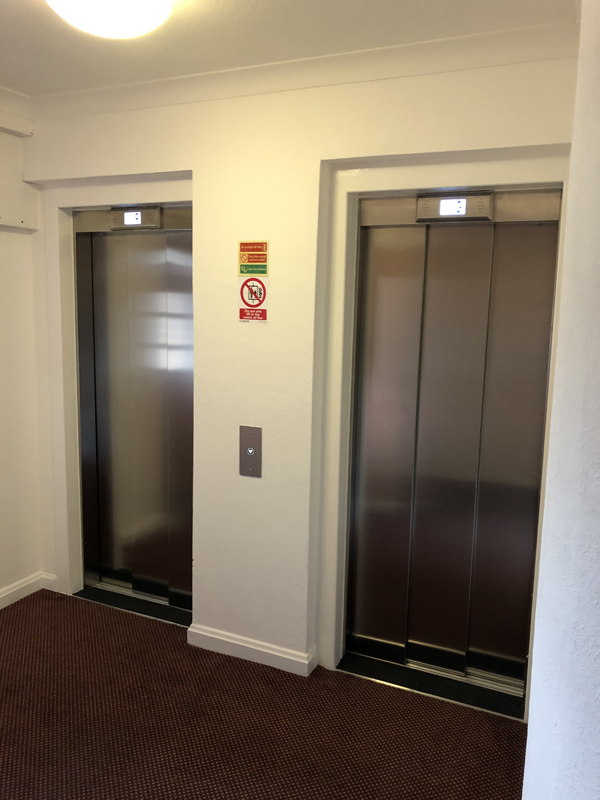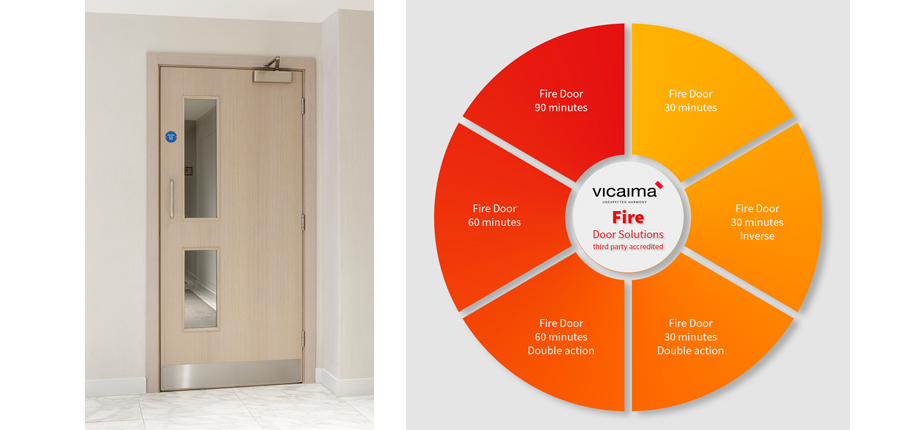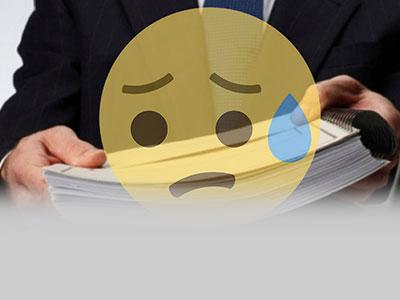Social Housing: The Fire Safety Landscape

The Grenfell Inquiry transformed the fire safety landscape with the subsequent publication of the amended Approved Document B (Fire Safety) of the Building Regulations, the introduction of the Building Safety Act, and the Building Safety Regulator. Shaun Scott, Applications Engineer at Advanced, explains how social housing landlords are facing increased scrutiny and how Evacuation Alert Systems are a route to both compliance and Best Practice.
Nowhere faces more scrutiny on fire safety compliance than the social housing sector. On 26 June 2025, the Regulator of Social Housing (RSH) published its latest quarterly survey assessing fire safety in social housing blocks over 11 metres. The report reaffirmed the immense pressure on social housing landlords to submit robust remediation data, not only to the RSH but also to the Ministry of Housing, Communities and Local Government (MHCLG).
- Read more about Social Housing: The Fire Safety Landscape
- Log in to post comments





















